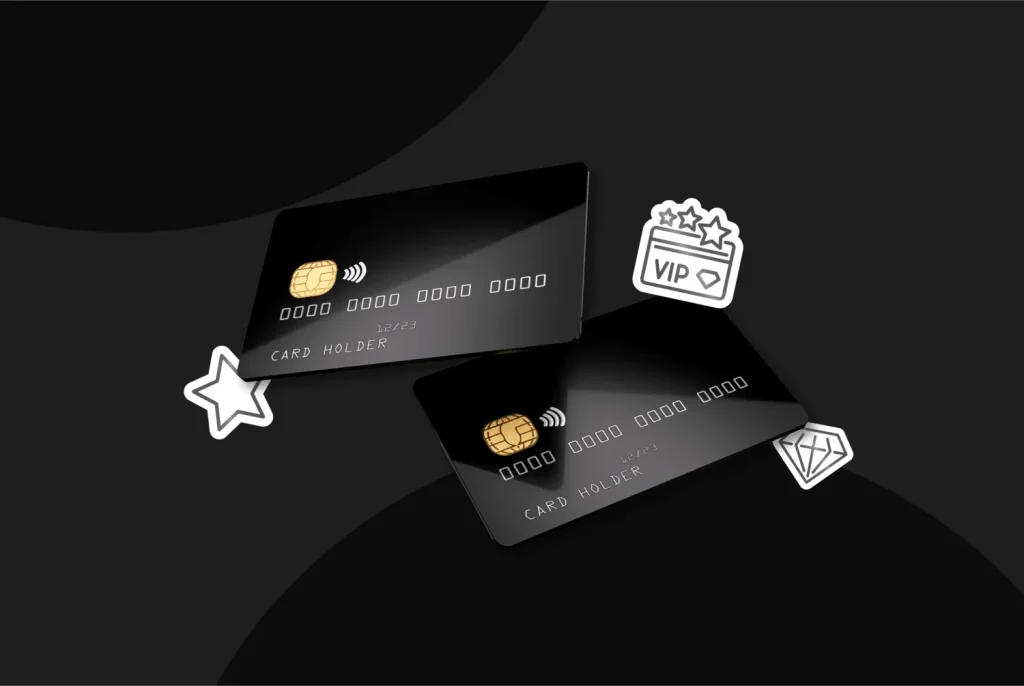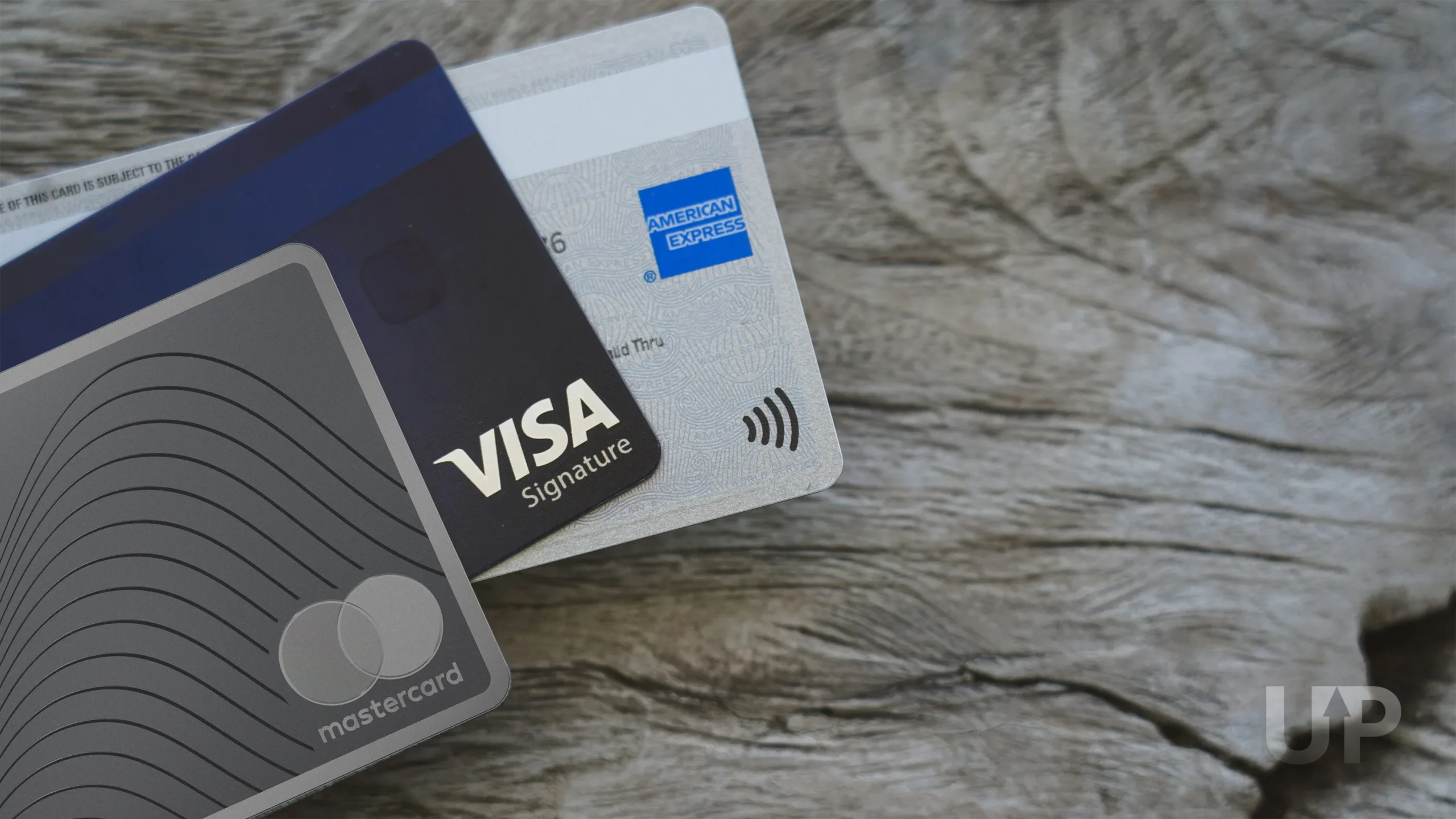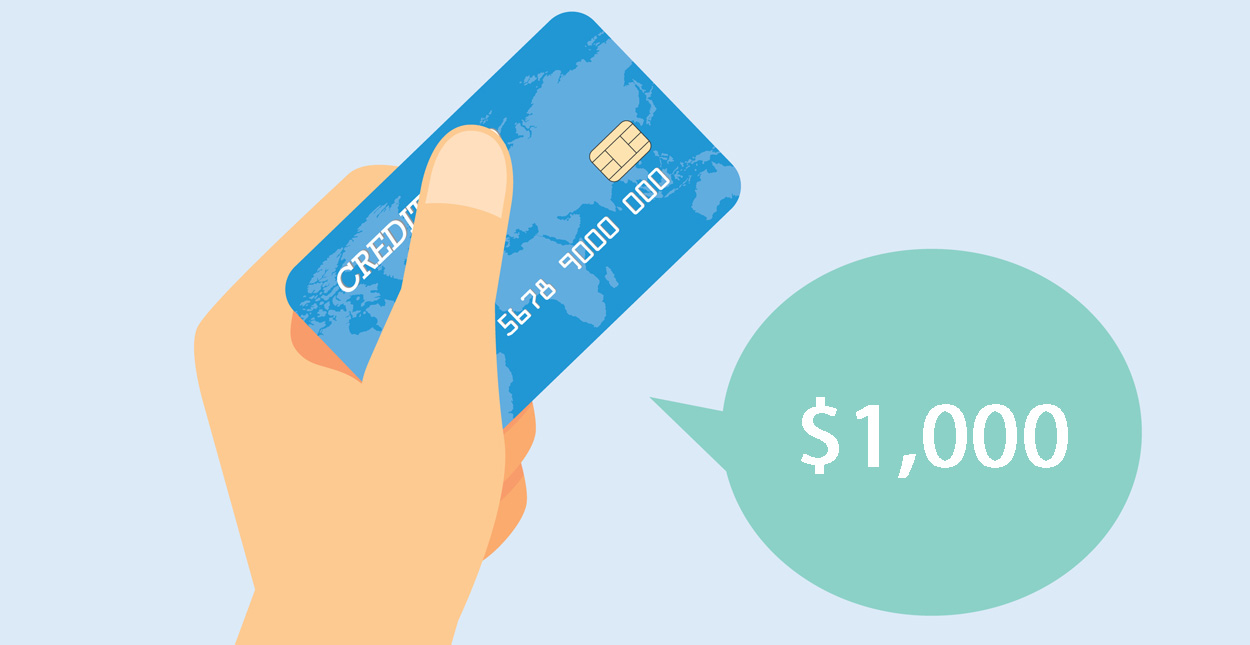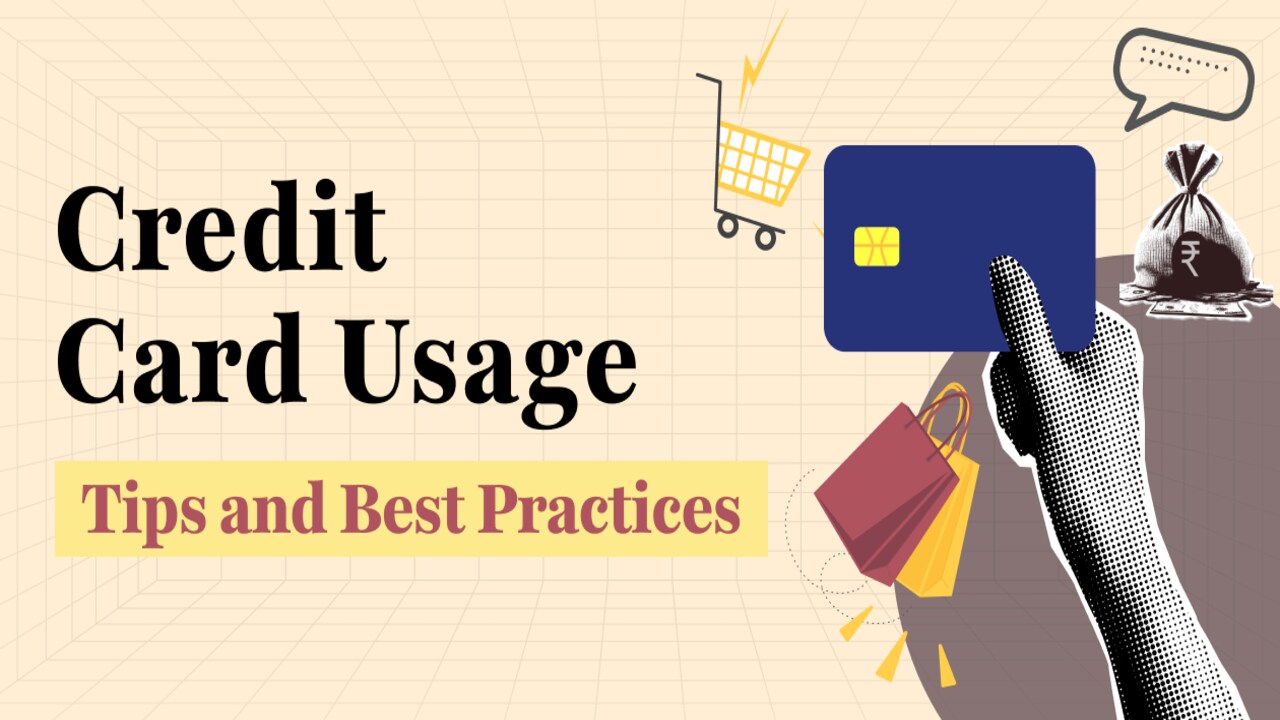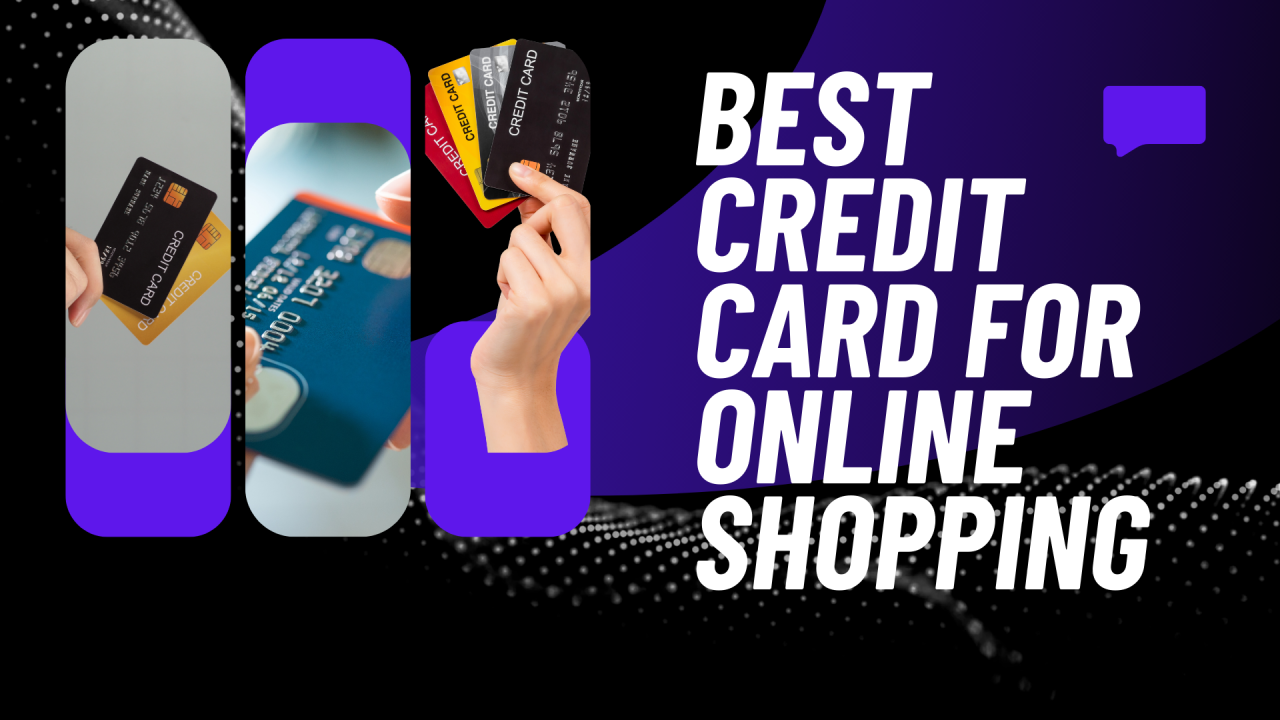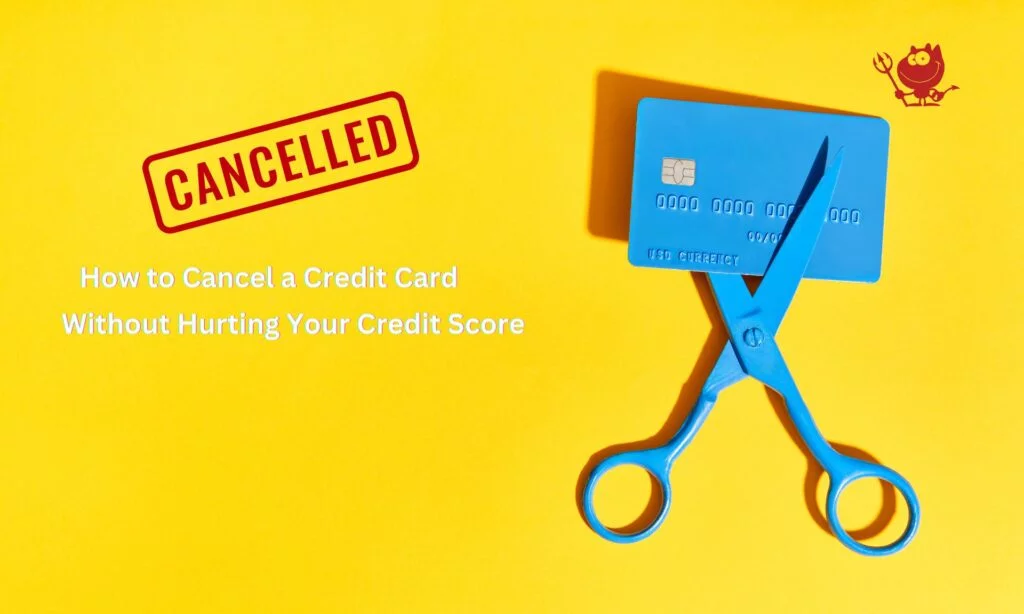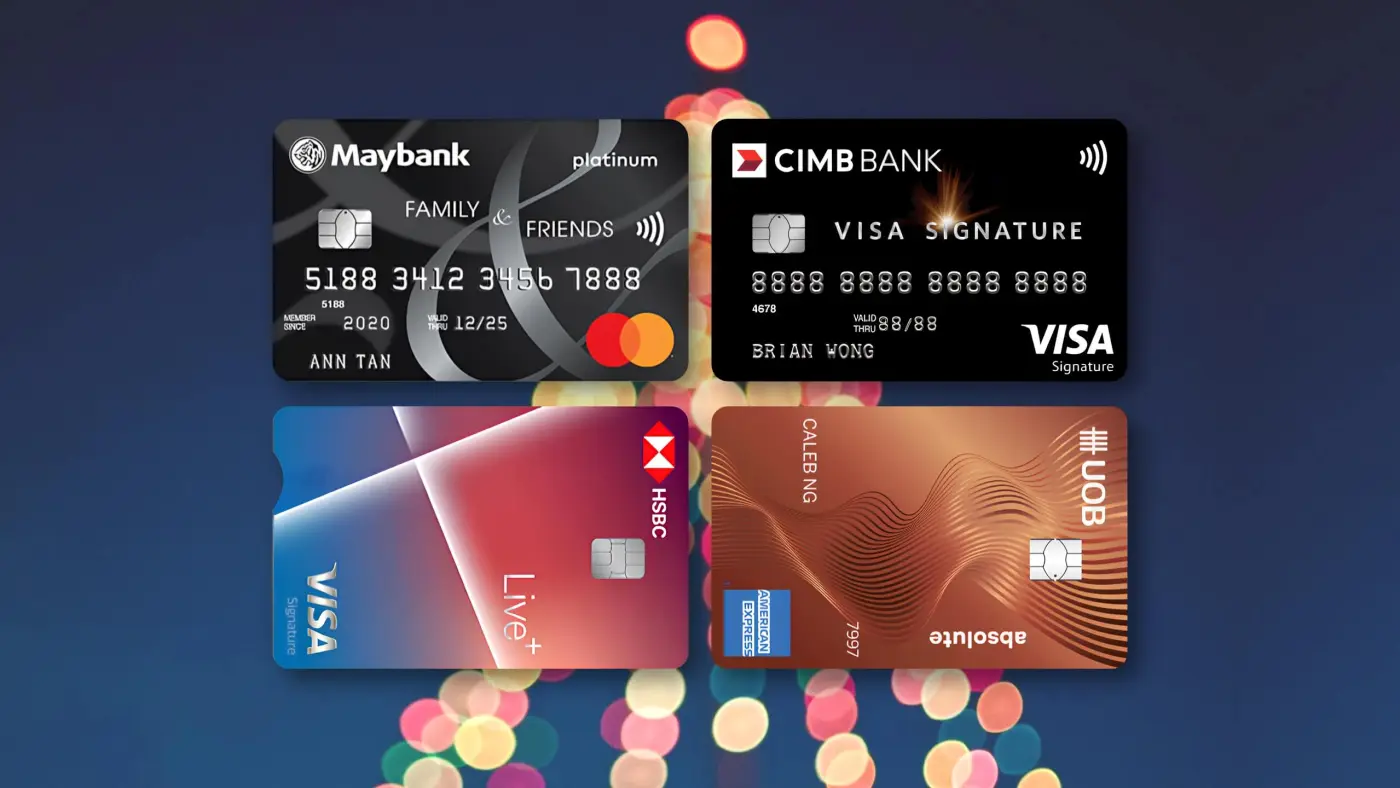Choosing the best credit card in Australia in 2025 can feel overwhelming given the myriad of options available. From low interest rates to lucrative rewards programs, no annual fee cards to premium travel benefits, the ideal choice largely depends on your individual spending habits, financial goals, and lifestyle. This comprehensive guide will dissect the key categories of credit cards in Australia for 2025, offering insights into what to look for, highlighting top contenders in each segment, and providing a framework to help you identify the card that truly aligns with your financial needs.
Understanding Your Needs: The First Step to Choosing
Before diving into specific card recommendations, a crucial first step is to honestly assess your own financial behaviour.
- Are you a “Payer in Full” (Transactor)? If you consistently pay off your entire balance by the due date each month, you’ll avoid interest charges. In this case, focus on cards with strong rewards, sign-up bonuses, and perks, even if they have higher interest rates or annual fees.
- Do you carry a balance (Revolver)? If you frequently carry a balance, interest rates will be your primary concern. Prioritise cards with low ongoing purchase rates, or look for balance transfer offers. Rewards or high annual fees will likely be counterproductive.
- What are your spending habits? Do you spend heavily on groceries, fuel, travel, or online shopping? Some cards offer accelerated points or cashback in specific categories.
- What are your financial goals? Are you looking to save on interest, earn travel points for a holiday, get cashback on everyday spending, or simply have an emergency fund?
Top Credit Card Categories in Australia for 2025
![25 Best Credit Cards in India [Detailed Reviews] – CardExpert](https://www.cardexpert.in/wp-content/uploads/2024/02/best-credit-card-india-2024.jpg)
1. Best for Rewards and Frequent Flyers
These cards are designed for those who spend heavily and pay their balance in full, aiming to maximise points for travel, merchandise, or gift cards.
- Key Features to Look For:
- High Earn Rates: Points earned per dollar spent, especially in your high-spending categories.
- Generous Sign-up Bonuses: Large point offerings for new customers, often tied to a minimum spend within the first few months.
- Flexible Redemption Options: Ability to transfer points to various frequent flyer programs (Qantas, Velocity, Singapore Airlines KrisFlyer) or redeem for a wide range of goods/services.
- Premium Perks: Travel insurance, airport lounge access, concierge services, complimentary hotel nights, or annual travel credits.
- Comparison Rate: While less critical if you pay in full, still understand the full cost including fees.
- Top Contenders (Examples based on recent market trends – always verify current offers):
- American Express Platinum Card: Often tops the list for sheer bonus points and premium perks ($450 travel credit, extensive lounge access, dining credits). Comes with a very high annual fee, suitable for high spenders who leverage all benefits.
- ANZ Frequent Flyer Black / ANZ Rewards Black: Consistently strong offerings with large bonus Qantas or ANZ Rewards points, often with a first-year annual fee waiver or discount. Good earn rates and travel insurance.
- St. George Amplify Signature / Bank of Melbourne Amplify Signature / BankSA Amplify Signature: These are essentially the same card with competitive bonus points (convertible to Velocity) and a lower annual fee, often with complimentary travel insurance and lounge passes.
- Qantas Premier Titanium / Qantas Amex Ultimate: Designed specifically for Qantas frequent flyers, offering high Qantas point earn rates and Qantas-specific travel benefits.
2. Best for Low Interest Rates
Ideal for those who occasionally or regularly carry a balance, as minimising interest charges is paramount.
- Key Features to Look For:
- Low Ongoing Purchase Rate: The most important factor. Look for rates significantly below the market average (which can be 20%+).
- No or Low Annual Fee: Avoid additional costs that eat into your savings from lower interest.
- Interest-Free Days: While useful, remember these only apply if you pay your entire balance in full each month. If you carry a balance, interest is charged from the purchase date.
- Beware of Introductory Offers: Ensure the revert rate (the rate after the introductory period) is still competitive.
- Top Contenders (Examples):
- G&C Mutual Bank Low Rate Visa Credit Card: Often cited for a very competitive ongoing purchase rate.
- Westpac Low Rate Card / NAB Low Rate Card: Major banks offer low-rate options, often with a modest annual fee.
- Community First Credit Union Low Rate Visa: Credit unions often have very competitive rates.
3. Best for Balance Transfers
Perfect for consolidating existing high-interest credit card debt onto a new card with a 0% or low interest rate for an introductory period.
- Key Features to Look For:
- Long 0% or Low Interest Rate Period: The longer the better (e.g., 18-36 months).
- Low Revert Rate: What the interest rate becomes after the introductory period. Crucial if you don’t pay off the balance in time.
- Low or No Balance Transfer Fee: A fee is typically charged as a percentage of the transferred amount (e.g., 1-3%). Some rare offers might waive this.
- No New Purchases During Promotional Period: Some cards charge interest on new purchases during the balance transfer period, negating the benefit. Prioritise cards where new purchases are also interest-free or can be avoided.
- Top Contenders (Examples – offers change frequently):
- ANZ Low Rate Card Balance Transfer Offer: Often provides long 0% balance transfer periods.
- Citi Clear Credit Card / Citi Rewards Credit Card: Frequently feature competitive balance transfer promotions.
- St. George/Bank of Melbourne/BankSA Vertigo Balance Transfer: Known for solid balance transfer offers.
4. Best for No Annual Fee / Low Fee
Ideal for those who want a simple credit card for emergencies, occasional use, or to build credit history without recurring costs.

- Key Features to Look For:
- $0 Annual Fee (Ongoing): The primary consideration.
- Reasonable Ongoing Purchase Rate: In case you do carry a balance.
- Basic Features: Don’t expect extensive rewards or premium perks.
- Top Contenders (Examples):
- Coles No Annual Fee Mastercard: Often features 0% on purchases for an intro period.
- Virgin Money No Annual Fee Credit Card: A straightforward option with no recurring fee.
- CommBank Neo Card: A unique offering with no interest or annual fee, but fixed monthly fees based on credit limit.
5. Best for Cashback
While less prevalent as direct cashback programs, many rewards cards allow points redemption for statement credit or gift cards, effectively functioning as cashback. Some cards also offer direct cashback on specific spending categories or as sign-up bonuses.
- Key Features to Look For:
- Direct Cashback Percentage: A percentage of eligible spending returned as cash or statement credit.
- Cashback Caps: Understand any monthly or annual limits on cashback earnings.
- Specific Spending Categories: Whether cashback is limited to certain retailers (e.g., supermarkets, petrol).
- Annual Fee: Ensure the cashback earned outweighs any annual fee.
- Top Contenders (Examples):
- St. George Vertigo Card – Cashback Offer: Often provides a substantial sign-up cashback offer for spending at supermarkets and petrol stations.
- Westpac Low Rate Card – Cashback Offer: Can offer monthly cashback if spending targets are met.
- Cards with flexible rewards programs: Cards like ANZ Rewards or Citi Rewards allow you to redeem points for gift cards or statement credit, which can be viewed as an indirect form of cashback.
Additional Considerations When Choosing
- Introductory Offers and Revert Rates: Always understand what happens after a promotional period ends. Many attractive offers revert to higher interest rates or introduce annual fees.
- Fees and Charges: Beyond the annual fee, consider cash advance fees (always avoid these!), late payment fees, and international transaction fees if you travel or shop online overseas frequently.
- Customer Service and Digital Experience: Research the bank or provider’s reputation for customer support, online banking, and mobile app functionality.
- Complimentary Insurances: Many premium cards offer complimentary international travel insurance, purchase protection, or extended warranty. Read the PDS carefully to understand exclusions and conditions.
- Security Features: Look for features like fraud protection, Mastercard/Visa Zero Liability, and secure online banking.
- Eligibility Criteria: Check income requirements, credit score expectations, and residency status before applying to avoid a rejected application that can impact your credit score.
The Application Process
Applying for a credit card in Australia typically involves:
- Online Application: Filling out a detailed form with personal, employment, and financial information.
- Identity Verification: Often digital, via a driver’s licence or passport.
- Income and Expense Verification: Lenders will usually request access to your bank statements (often digitally via secure third-party services) to verify income, expenses, and existing debts.
- Credit Check: A “hard inquiry” on your credit report will be performed.
- Assessment: The lender assesses your creditworthiness and affordability against ASIC’s responsible lending guidelines.
Conclusion: A Tailored Approach
The best credit card in Australia for 2025 is not a one-size-fits-all solution. It’s the card that perfectly matches your spending habits, financial discipline, and goals. Whether you’re chasing premium travel rewards, prioritising low interest, consolidating debt, or simply seeking a no-frills card for occasional use, a thorough understanding of your own needs combined with a careful comparison of the features, fees, and comparison rates of various offerings will lead you to the most beneficial choice. Always read the Product Disclosure Statement (PDS) and terms and conditions before committing, ensuring the card genuinely adds value to your financial life.

